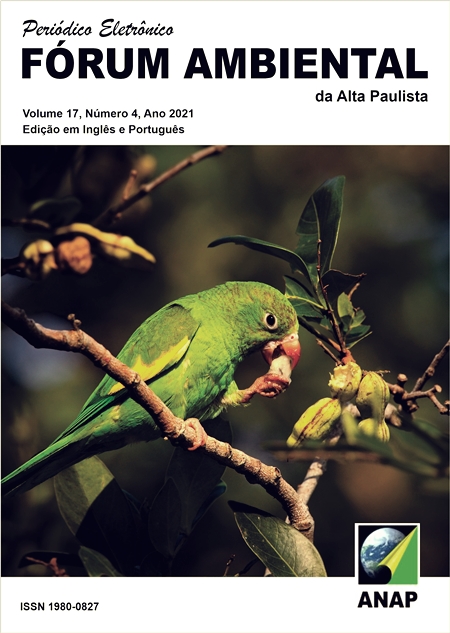Promising chemical barrier substance applied to ichthyofauna in hydroelectric plants
DOI:
https://doi.org/10.17271/1980082717420213048Palavras-chave:
Imprisoned fish. Fish repulsion. Alarm substances.Resumo
In hydroelectric plants, there are, on a regular or untimely basis, shutdowns of the generating units in order to carry out some maneuvers for tests and mechanical maintenance. The low operating flow increases the probability of accumulation of ichthyofauna in the draft tube. As a result, the variables that determine the quality of water can change, which requires a broad and coordinated human effort to rescue trapped fish. In addition to the risks related to work safety, there are large economic liabilities as a result of the downtime of the generating units. To minimize this problem, it is necessary to improve techniques for repelling fish from risk areas. The detection of chemical substances in water is one of the most efficient methods of communication between fish. Thus, this study presents a brief review of alarm substances, which are released by the fish epidermis as a sign of defensive response to a dangerous situation and are promising for use as a chemical barrier in the hydroelectric sector.














